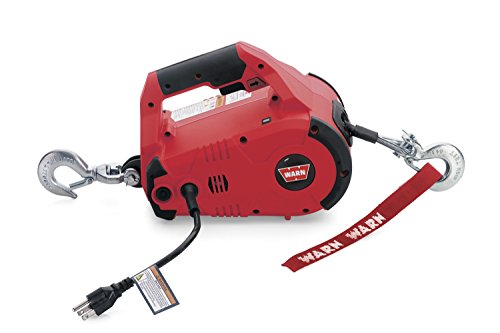Yes, there is always something to get your attention especially in electric/electronics and the electronics is not my strong suit. However, I have made some headway and Roncar over on GW Docs has helped.
Roncar pointed out that I had missed the install of a diode - went over his circuit again and admittedly missed the diode that he pointed out. Will install one.
Question though, the original start circuit is such that after the bike is started, there is no more power flowing through the start circuit. When the bike is shifted into gear or into neutral, power to light the shift indicator and the neutral light is at the instrument panel and it grounds down through the gearshift sensor.
With the side stand circuit there is power flowing from relay-R1 through to ground at all times through either the side stand switch or the neutral switch. The wire connection of the ground wire through the neutral switch is also connected to the neutral wire going to the instrument panel. My thought is that if there is still power on this neutral wire from the side stand circuit, if a ground is found somewhere else in the circuitry, this power may try to connect to this ground - something similar to plumbing, water takes the easiest path, or multiple paths.
The issue with the neutral light being on and the neutral shift indicator light going out when shifted into gear persists even when I return the circuitry back to the original condition (take the new circuit out of play).
I have been looking at my side stand circuit and may have to install two more relays. Here are some new thoughts on the circuit. I have added relays because I want to duplicate the conditions as per the original circuit. here is the new schematic:

Power for all three relays would be from the 12 VDC power supply now used for relay-R1. The first relay-R3 would be a controlling relay using the neutral switch as the ground and would be used to energize relay-R2 that would ground relay-R1 on start. This second relay-R2 would use the side stand switch ground (with the side stand down) to complete its coil circuit. When the side stand is in the up position the second relay-R2 would be de-energized because it would lose its ground and no more power would flow through to the neutral switch ground. Relay-R1 would still be powered because it would now be grounded through the side stand switch and the bike would continue to run. The controlling relay-R3 would also de-energize because the bike would be in gear and the ground for this relay would be lost.
When the bike is started and the side stand circuit is in play, if the bike is shifted into gear with the side stand down, the ground for the controlling relay-R3 would be lost and the bike would shut off.
I would also think that relay-R3 should be an on-delay timer or a latching relay. With an on-delay timer or latching relay, timing begins when voltage is applied. When the time has expired, the relay energizes and contacts close — and remain closed until voltage is removed from the coil. The reason I mention this is that when the bike is running and you are riding, every time you go through neutral there could be a momentary ground provided to relay-R3 causing it to close/open in quick succession. Not good for a relay in my thoughts. Switching to neutral for short periods of time should not be an issue. A delay of say 10 to 15 seconds for relay-R3 to energize would not be an issue on start as well.
This is starting to get interesting. Learning more as I go.
Comments?


































